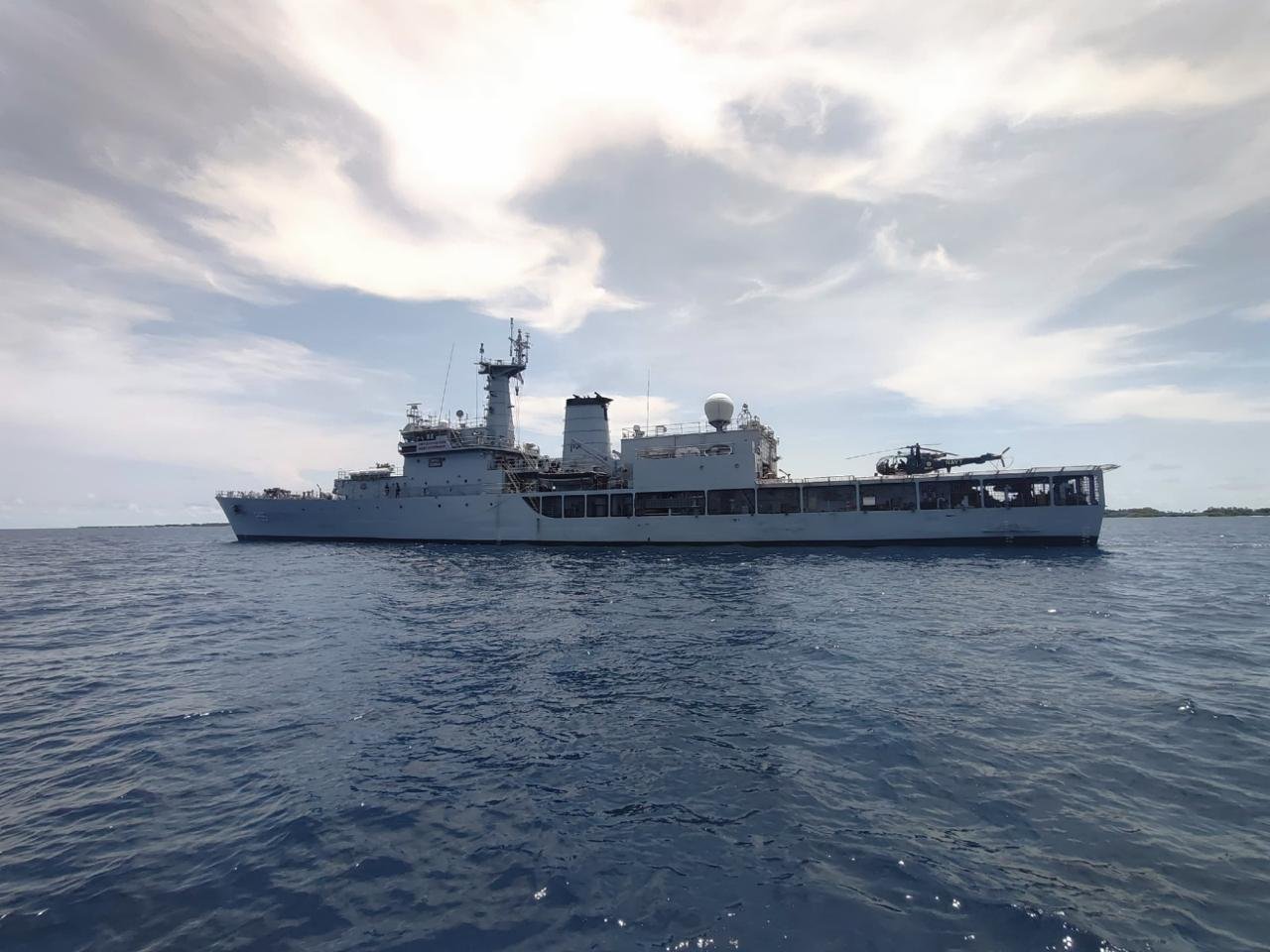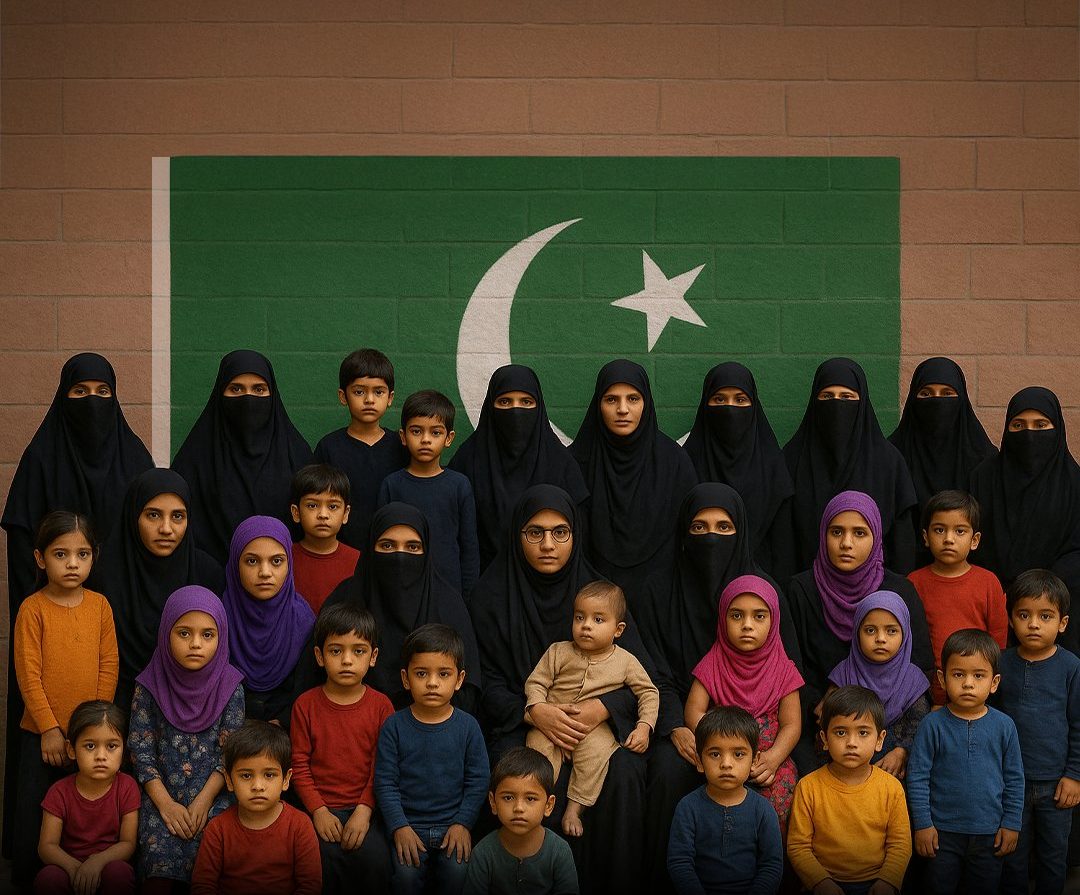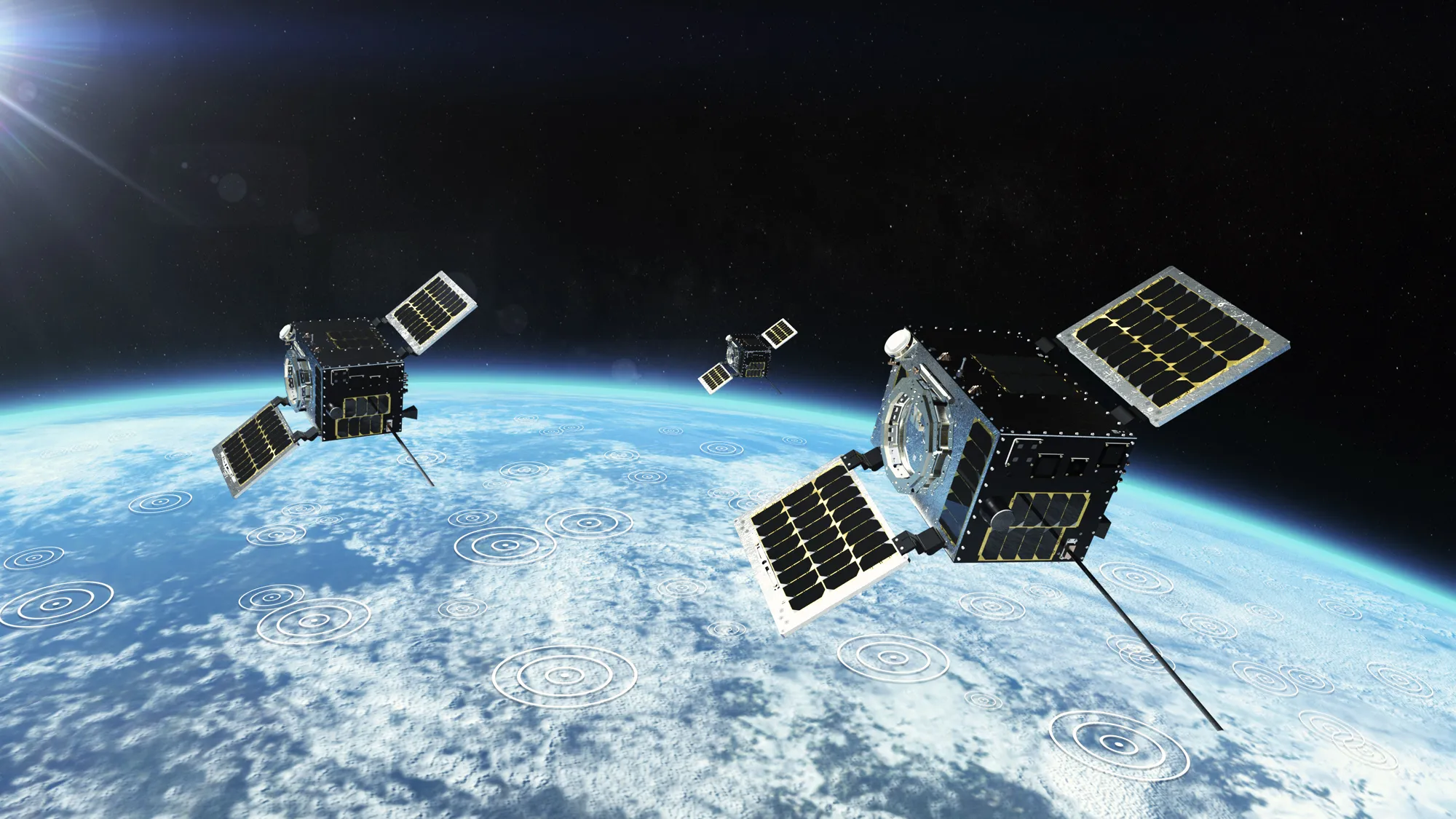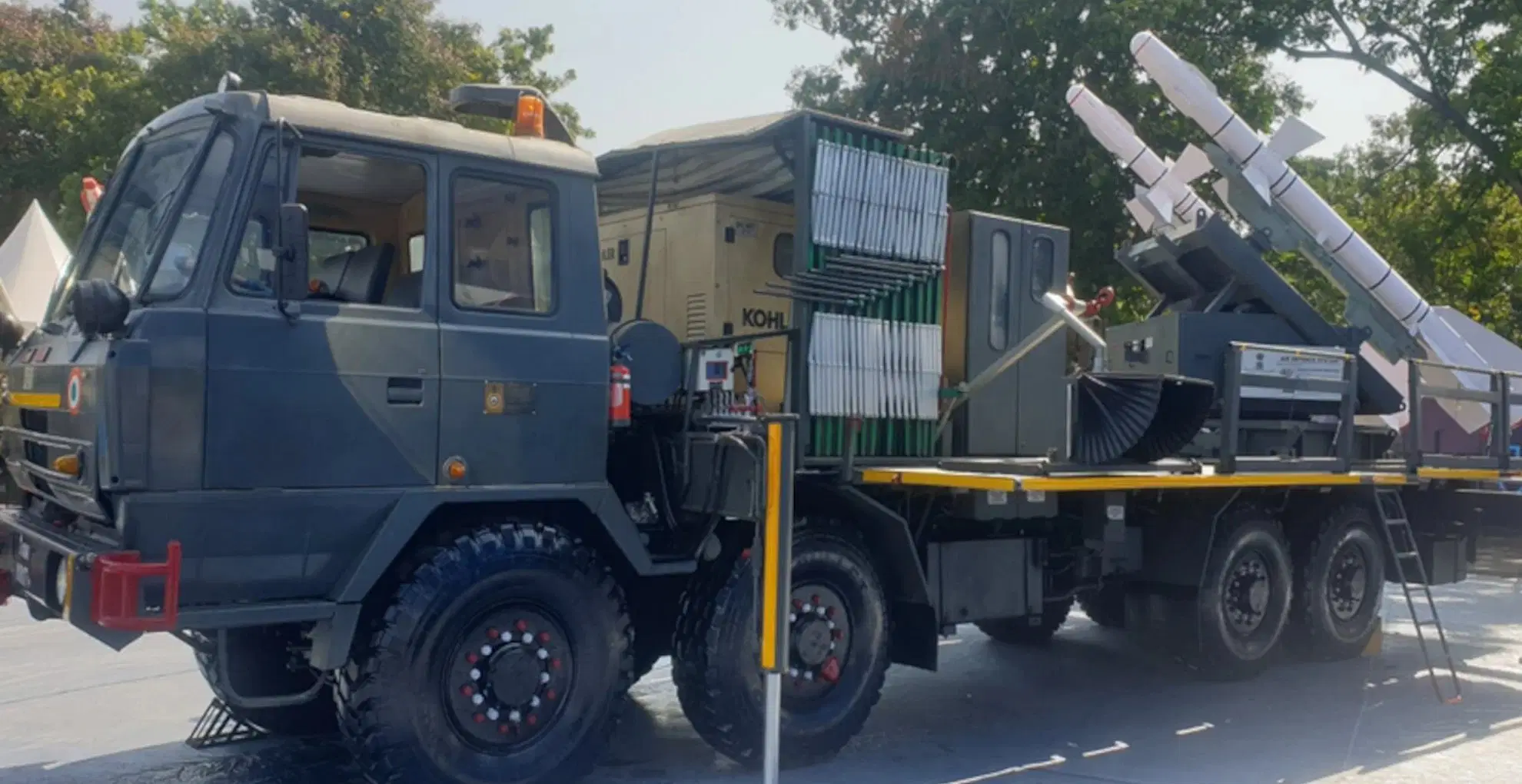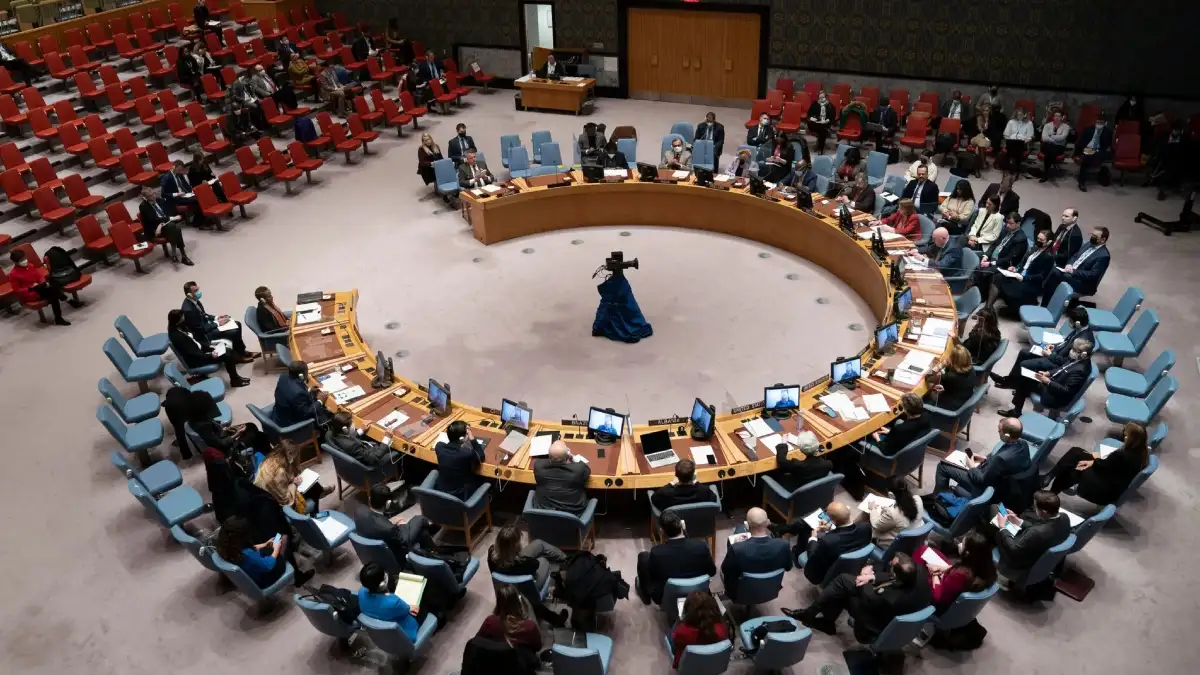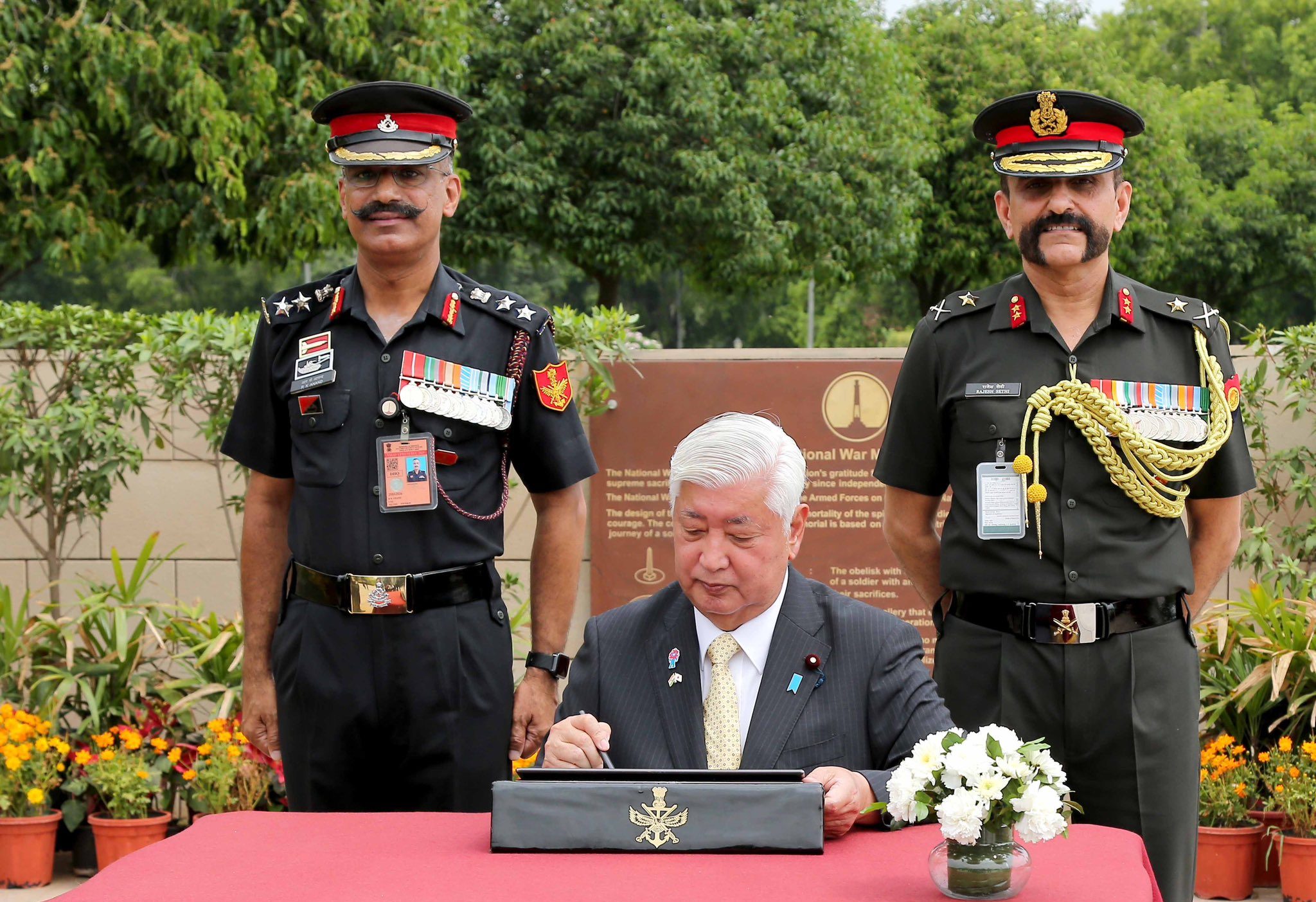INS Sharda Arrives in Maldives for Joint HADR Exercise
The Indian Navy's patrol vessel, INS Sharda, docked at Maafilaafushi Atoll on Sunday to commence a Humanitarian Assistance and Disaster…
22 Pakistani Women in Moradabad Have Nearly 100 Children Born in India
The lives of 22 Pakistani women residing in Moradabad have drawn public and administrative attention, as these women—married to Indian…
USA Approves $131 Million HawkEye 360 Surveillance Deal to Boost India’s Maritime Security
In a strategic development aimed at enhancing India’s maritime surveillance and domain awareness, the United States has approved the sale…
IAF Inducts Limited Indigenous SAMAR Systems For Operating Use and User Trial
In a significant move to bolster India’s short-range air defence capability, the Indian Air Force (IAF) has inducted a limited…
UN Security Council To Hold Closed Door Meeting on Escalating India-Pakistan Tensions
The United Nations Security Council (UNSC) on Monday held a closed-door emergency session to discuss the sharp escalation in tensions…
Japan’s Defence Minister Begins Two Days Official Visit as He Pays Tribute at National War Memorial
In a symbolic and strategic gesture, Japan’s Defence Minister Gen Nakatani began his official visit to India with a solemn…

